Fungible Fotographers Fired
“There’s really no such thing as professional photographers anymore,” Yahoo CEO Marissa Mayer said last month.
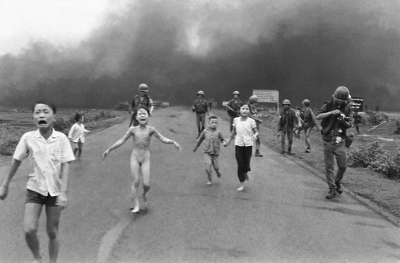
Ms. Mayer immediately called her comment a “misstatement” that was taken “out of context.” She even tweeted an apology. But that’s what she said and apparently that’s what the morons in Chicago believe.
The Chicago Sun-Times fired Pulitzer Prize winning photographer John H. White and 28 other top pros this month.
Oh.
Wait.
There’s no such thing as a professional photographer anymore.
In a statement, the “news”paper said: “The Sun-Times business is changing rapidly and our audiences are consistently seeking more video content with their news. We have made great progress in meeting this demand and are focused on bolstering our reporting capabilities with video and other multimedia elements. The Chicago Sun-Times continues to evolve with our digitally savvy customers, and as a result, we have had to restructure the way we manage multimedia, including photography, across the network.”
There’s no such thing as a professional photographer anymore.
The Sun-Times will let its reporters shoot more video and photos. In fact, they are training the reporters to use iPhones to do it.
According to a leaked staff memo the training will include “iPhone photography basics,” as well as capturing and editing video on iOS, and uploading it to the appropriate social sites.
There’s no such thing as a professional photographer anymore.
Perhaps there’s no such thing as a professional race car driver. We could round up 43 soccer moms, teach them to turn left, load them into stock cars at Daytona or Indy cars for the 500, and have the reporters record it all with their iPhones.
Perhaps there’s no such thing as a board certified ophthalmologist. We could create an iPhone app and simply refract our own eyes. And train our neighbors to suck out cataracts with teeny tiny vacuum cleaners.
Perhaps there’s no such thing as a professional football referee. We could round up a platoon of ex-high school jocks-turned Realtors™, train them in football basics, and turn them loose in September. Oops. Never mind.
Back to the Sun-Times.
You think they’ll get this picture with an iPhone?
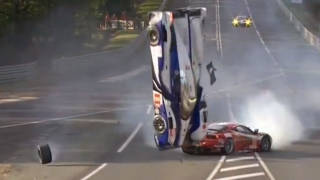
Do you really think any of the reporters in this famous photograph even thought to take the picture that won the Pulitzer .6 seconds later? Do you think any of them even saw Jack Ruby? The Pulitzer Prize winner is here.
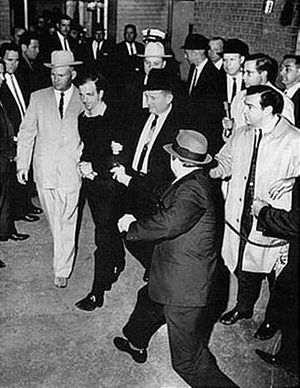
If the Sun-Times reckons theirs is good journalism, it will never publish a Pulitzer Prize-winning photograph again.
Chicago has long been okay with mediocre. I’m not. I hope you aren’t either.

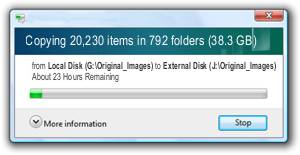
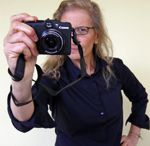 Annie Leibovitz
Annie Leibovitz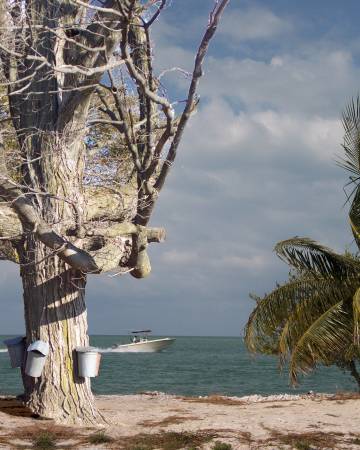






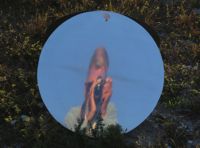
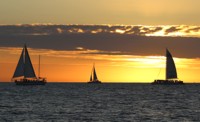
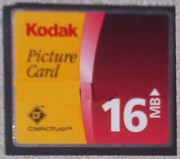 I settled on CF because it was the fastest, highest capacity, least expensive media and the cameras I like best use it. And it came standard with the first digital camera I bought, a
I settled on CF because it was the fastest, highest capacity, least expensive media and the cameras I like best use it. And it came standard with the first digital camera I bought, a